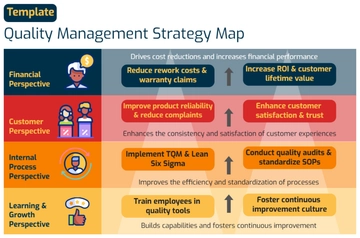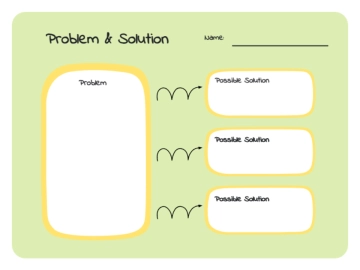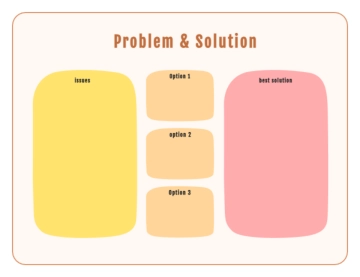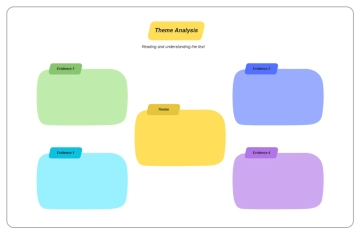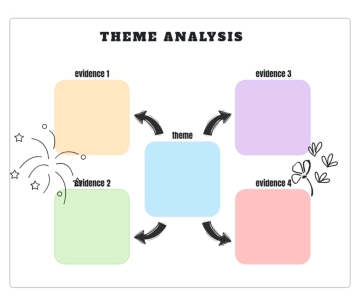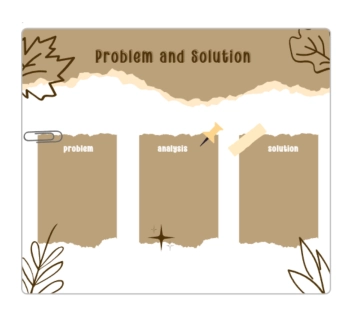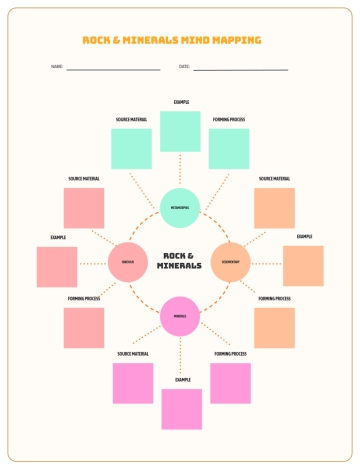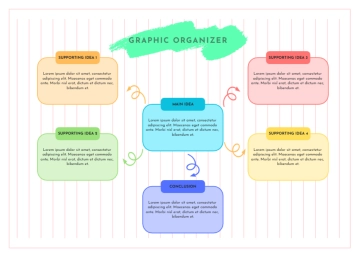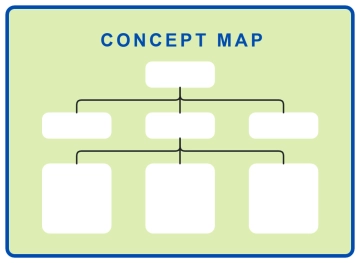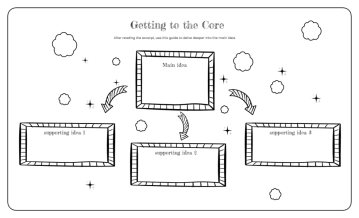Free Strategic Management Plan
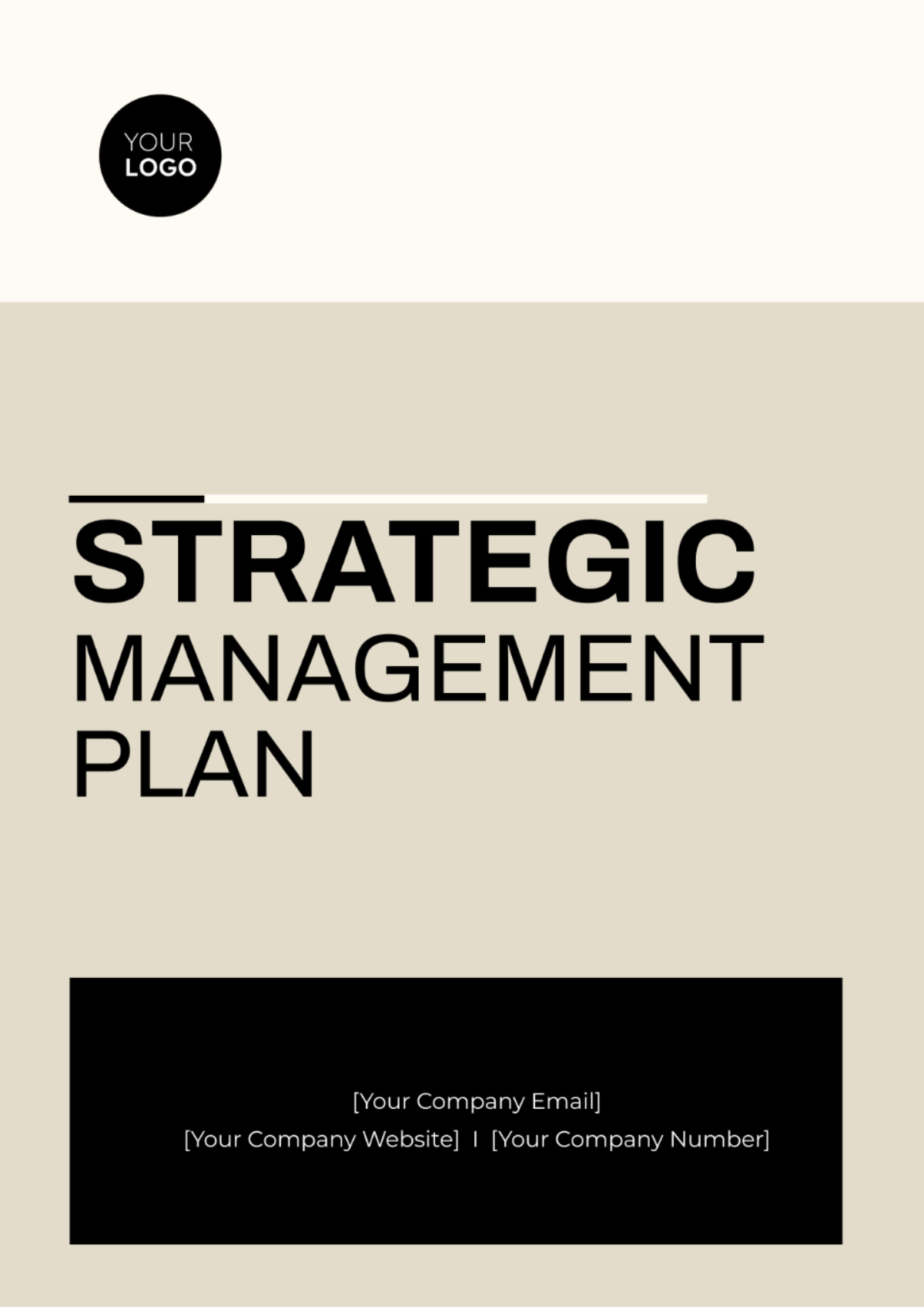
Prepared by [YOUR NAME]
I. Executive Summary
This Strategic Management Plan is designed to align the efforts of different departments and individuals within [YOUR COMPANY NAME] towards our common organizational goals. It outlines our strategic directions and provides a path forward for cohesive and synchronized actions.
II. Organizational Overview
A. Company Background
Established in [Year of Establishment], [YOUR COMPANY NAME] has grown to serve [Key Markets] with a focus on [Core Business Area].
B. Vision Statement
To become the leading provider of [Your Industry/Product/Service] globally, recognized for our commitment to innovation, quality, and customer satisfaction.
C. Mission Statement
Our mission is to deliver exceptional [Your Product/Service] to our customers, creating long-term value for our stakeholders, and fostering a culture of innovation and excellence within our organization.
D. Values
Our core values include:
Integrity: We uphold the highest standards of integrity in all our interactions and transactions.
Innovation: We continuously innovate to meet the evolving needs of our customers and industry.
Customer Centricity: We are committed to exceeding customer expectations and delivering superior value.
Teamwork: We collaborate across teams and departments to achieve common goals.
Excellence: We strive for excellence in everything we do, aiming for continuous improvement and growth.
III. Strategic Objectives
To align our multidisciplinary teams effectively, the key strategic objectives are:
Enhance Operational Efficiency
Strengthen Brand Identity
Expand Into New Markets
Improve Customer Engagement and Satisfaction
IV. Strategic Initiatives and Action Plans
A. Departmental Coordination
Foster a collaborative environment across all departments including [Specific Departments] to streamline efforts and resources towards achieving our strategic goals.
B. Key Performance Indicators (KPIs)
Monitor progress using specific metrics such as:
Customer Retention Rate
Market Penetration
Operational Cost Reduction
C. Resource Allocation
Ensure adequate resources are allocated to key performing areas based on the annual budget [Your Fiscal Year].
D. Risk Management
Identify potential risks including:
Market Competition: Increased competition from existing and new players in the market may impact market share and profitability.
Regulatory Changes: Changes in regulations and compliance requirements may increase operational costs and affect business operations.
Technological Disruption: Rapid technological advancements may disrupt our industry, requiring us to adapt quickly to stay competitive.
Supply Chain Disruption: Disruptions in the supply chain due to natural disasters, geopolitical events, or other factors may impact production and distribution.
Economic Downturn: Economic downturns or fluctuations in the economy may affect consumer spending and demand for our products/services.
V. Monitoring and Evaluation
Regularly review the execution of the strategic plan against set timelines and milestones:
Milestone | Expected Completion | Status Check Points |
|---|---|---|
Initiative 1 Launch | [Date] | Quarterly Review |
KPI Evaluation | [Date] | Bi-Annual Review |
VI. Market Analysis and Competitive Landscape
Market Trends:
Industry Growth Rate: The [Your Industry] industry is experiencing a steady growth rate of [X]% annually, driven by increasing demand for [Key Industry Products/Services] and favorable economic conditions.
Technology Adoption: There is a notable trend towards the adoption of [Specific Technologies] in the [Your Industry] industry, which is transforming the way companies operate and interact with customers.
Changing Consumer Preferences: Consumers are increasingly demanding [Specific Consumer Preferences], prompting companies to adapt their products and services to meet these changing needs.
Regulatory Environment: The regulatory environment in the [Your Industry] industry is evolving, with new regulations such as [Specific Regulations] impacting business operations and strategies.
Competitor Analysis:
Key Competitors: Our main competitors in the [Your Industry] industry include [Competitor 1], [Competitor 2], and [Competitor 3], which have a significant market presence and compete across similar product/service lines.
Market Share: According to [Industry Report/Research], our company currently holds a [X]% market share in the [Your Industry] industry, ranking us [Ranking] among our competitors.
Strengths: Our competitors' strengths include strong brand recognition, extensive distribution networks, and a diverse product/service portfolio catering to various customer segments.
Weaknesses: Some of our competitors' weaknesses include limited international presence, reliance on a few key suppliers, and challenges in customer retention.
Strategies: Our competitors have adopted various strategies to gain a competitive edge, including aggressive marketing campaigns, strategic partnerships, and product/service innovation.
Differentiation: To differentiate ourselves from our competitors, we focus on [Your Company's Unique Selling Proposition], which sets us apart in terms of [Specific Differentiation Factor].
VII. Conclusion
This Strategic Management Plan is intended to position [YOUR COMPANY NAME] as a leader in [Industry/Market] by aligning internal strengths and resources towards a unified organizational vision. Commitment from every level of the organization is critical for the successful implementation of this plan.
For further details or adjustments, you may contact the strategic management office or [YOUR NAME].
- 100% Customizable, free editor
- Access 1 Million+ Templates, photo’s & graphics
- Download or share as a template
- Click and replace photos, graphics, text, backgrounds
- Resize, crop, AI write & more
- Access advanced editor
Drive organizational success with the Strategic Management Plan Template from Template.net. This customizable, downloadable, and printable template provides a comprehensive framework for strategic management planning. With editable features in our AI Editor Tool, tailor the plan to your organization's specific needs. Streamline your management strategy and ensure success with this invaluable resource.
You may also like
- Finance Plan
- Construction Plan
- Sales Plan
- Development Plan
- Career Plan
- Budget Plan
- HR Plan
- Education Plan
- Transition Plan
- Work Plan
- Training Plan
- Communication Plan
- Operation Plan
- Health And Safety Plan
- Strategy Plan
- Professional Development Plan
- Advertising Plan
- Risk Management Plan
- Restaurant Plan
- School Plan
- Nursing Home Patient Care Plan
- Nursing Care Plan
- Plan Event
- Startup Plan
- Social Media Plan
- Staffing Plan
- Annual Plan
- Content Plan
- Payment Plan
- Implementation Plan
- Hotel Plan
- Workout Plan
- Accounting Plan
- Campaign Plan
- Essay Plan
- 30 60 90 Day Plan
- Research Plan
- Recruitment Plan
- 90 Day Plan
- Quarterly Plan
- Emergency Plan
- 5 Year Plan
- Gym Plan
- Personal Plan
- IT and Software Plan
- Treatment Plan
- Real Estate Plan
- Law Firm Plan
- Healthcare Plan
- Improvement Plan
- Media Plan
- 5 Year Business Plan
- Learning Plan
- Marketing Campaign Plan
- Travel Agency Plan
- Cleaning Services Plan
- Interior Design Plan
- Performance Plan
- PR Plan
- Birth Plan
- Life Plan
- SEO Plan
- Disaster Recovery Plan
- Continuity Plan
- Launch Plan
- Legal Plan
- Behavior Plan
- Performance Improvement Plan
- Salon Plan
- Security Plan
- Security Management Plan
- Employee Development Plan
- Quality Plan
- Service Improvement Plan
- Growth Plan
- Incident Response Plan
- Basketball Plan
- Emergency Action Plan
- Product Launch Plan
- Spa Plan
- Employee Training Plan
- Data Analysis Plan
- Employee Action Plan
- Territory Plan
- Audit Plan
- Classroom Plan
- Activity Plan
- Parenting Plan
- Care Plan
- Project Execution Plan
- Exercise Plan
- Internship Plan
- Software Development Plan
- Continuous Improvement Plan
- Leave Plan
- 90 Day Sales Plan
- Advertising Agency Plan
- Employee Transition Plan
- Smart Action Plan
- Workplace Safety Plan
- Behavior Change Plan
- Contingency Plan
- Continuity of Operations Plan
- Health Plan
- Quality Control Plan
- Self Plan
- Sports Development Plan
- Change Management Plan
- Ecommerce Plan
- Personal Financial Plan
- Process Improvement Plan
- 30-60-90 Day Sales Plan
- Crisis Management Plan
- Engagement Plan
- Execution Plan
- Pandemic Plan
- Quality Assurance Plan
- Service Continuity Plan
- Agile Project Plan
- Fundraising Plan
- Job Transition Plan
- Asset Maintenance Plan
- Maintenance Plan
- Software Test Plan
- Staff Training and Development Plan
- 3 Year Plan
- Brand Activation Plan
- Release Plan
- Resource Plan
- Risk Mitigation Plan
- Teacher Plan
- 30 60 90 Day Plan for New Manager
- Food Safety Plan
- Food Truck Plan
- Hiring Plan
- Quality Management Plan
- Wellness Plan
- Behavior Intervention Plan
- Bonus Plan
- Investment Plan
- Maternity Leave Plan
- Pandemic Response Plan
- Succession Planning
- Coaching Plan
- Configuration Management Plan
- Remote Work Plan
- Self Care Plan
- Teaching Plan
- 100-Day Plan
- HACCP Plan
- Student Plan
- Sustainability Plan
- 30 60 90 Day Plan for Interview
- Access Plan
- Site Specific Safety Plan
